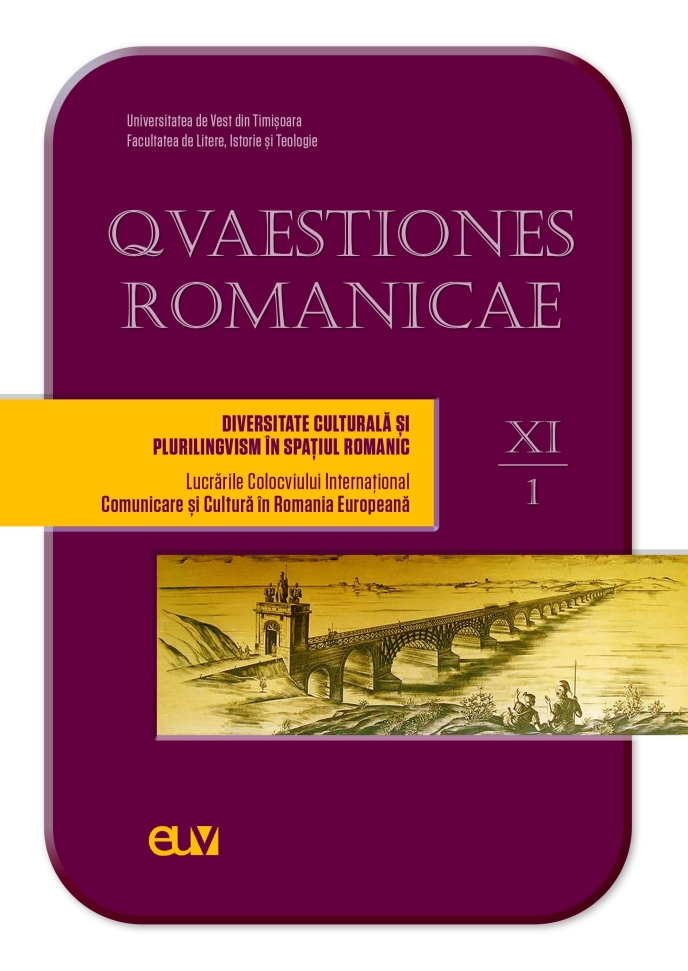Extremele alterității: înțelepciunea (senecană) și nebunia (neroniană)
The Extremes of Otherness: Wisdom (Senecan) and Madness (Neronian)
Author(s): Ilona-Manuela DuțăSubject(s): Philosophy, Language and Literature Studies, Studies of Literature, Aesthetics, Special Branches of Philosophy, Philosophy of Language
Published by: Universitatea de Vest din Timişoara
Keywords: reason; histrionics; power; mentality; tragic;
Summary/Abstract: Master and student, philosopher and emperor, Seneca and Nero bring face to face the extremes of alterity faced by the decadent Roman world, both psychologically and politically, mirroring the agony of the disintegration of ancient moral rigours in contact with the carnivalesque hybridization specific to imperial expansion . The collision of the Stoic reason represented by the philosopher with the irrationality, histrionics, and with the delirium through which the power of the emperor transvestite in the actor is literally staged reveals the tragic agony (agon) of the sacrifice of virtue (virtus) on the altar of the palace erected in the temple of the new political rituals (intrigues, manipulations, crimes). The Reason is the center of Roman axiology to which Cicero devotes all his rhetorical force. In the new axiological order, virtue is replaced by the mask, signalling the weakening of the foundation (ontological, ethical, and symbolic) of a world in profound change. Not by chance, this era is the matrix of the creation of tragedy in the authentic Senecan expression, the tragedian operating a vivisection of the pathos in his tragedies, as the philosopher builds the walls of morality and of the logos by means of the Stoic doctrine. The internal cleavage of Seneca's work, since the philosophical doctrine is the space for the preservation of logos, while tragedy becomes the laboratory of pathos, is proportional to the dislocation of the Roman mentality between order and disorder. If the mental structures of the imperial world are persona (social role) and dignitas (good compliance with duty), then, the protagonists of the tragic scene, Seneca and Nero, embody these structures and confront them, the emperor dissolving the idea of role (political, social, civic) in a carnival mask, the philosopher defending the dignity given by reason and logos with his own life.
Journal: Quaestiones Romanicae
- Issue Year: XI/2024
- Issue No: 1
- Page Range: 49-62
- Page Count: 14
- Language: Romanian

